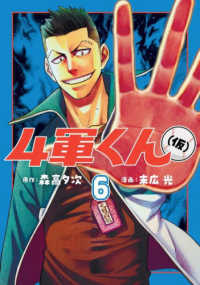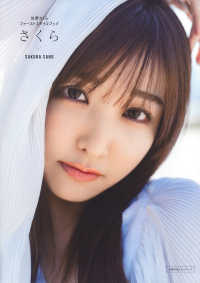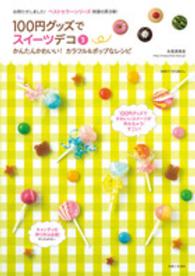- ホーム
- > 洋書
- > 英文書
- > History / World
Full Description
This study focuses on how Russian history textbooks published between 1992 and 2021 dealt with the topic of the Soviet period (1917-1991).
Representations of this part of Russia's past in school manuals have provoked vivid debates and bolstered government intervention in the field, while a gradual shift towards a less critical narrative of the USSR in more recent textbooks is often presented as directed by Vladimir Putin. This study combines research into these texts and inquiry into those who write, publish, approve, or criticize them. Bringing together these perspectives provides a more complex view of school textbooks as final products of both top-down and bottom-up processes.
This volume is aimed at postgraduates, researchers, and academics specializing in Soviet history, contemporary Russian politics and society, and history education and textbooks.
Contents
Introduction: School History Textbooks: Mirrors of a Society Part 1: Russian History Textbooks for the Study of the Soviet Period 1. History Education and Textbooks in the USSR 2. Between Innovation and Path Dependency (1992-2000) 3. Government Interventionism or a Search for a Consensus? (2001-2012) 4. Introducing the "Unified" History Textbooks (2013-2022) Part 2: The Soviet Era in Post-Soviet Russian History Textbooks 5. How the First Soviet Decade Was Presented in Post-Soviet Russian History Textbooks 6. Stakes and Costs of "Modernization": The Stalin Era as Portrayed in Post-Soviet Russian History Textbooks







